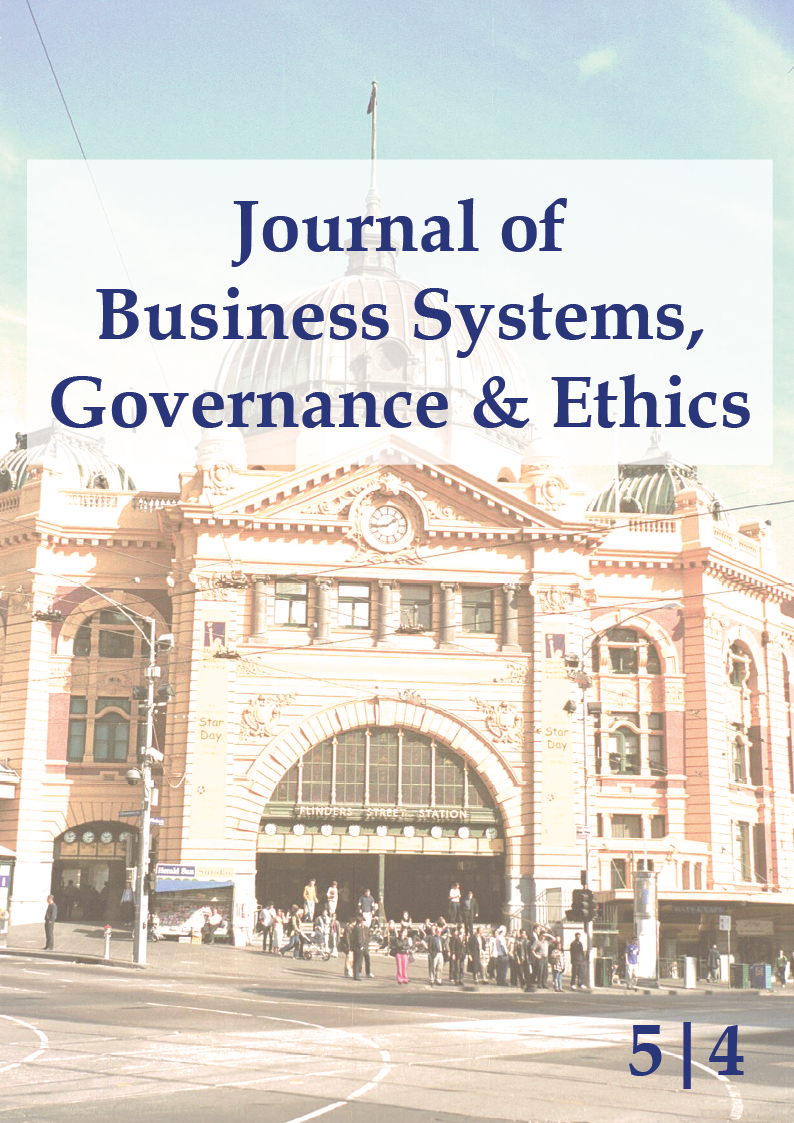Using New Technology for Remote Witnessing of Legal Documents in Victoria
DOI:
https://doi.org/10.15209/jbsge.v5i4.192Abstract
Current legal requirements concerning the witnessing of affidavits and statutory declaration require the physical presence of both the authorised witness and the deponent. This can be time consuming process and seriously disadvantages people in remote rural areas and even those in urban areas with transport problems. Countries such as Australia with a low average population density and limited access to authorised witnesses will feel the effects of these limited laws to a greater degree. The current laws governing this process were developed for good reason, but recent technology advancements allow us to implement a witnessing method that does not require the physical proximity of either the deponent nor the witness. Current laws will not at this time permit this process, however, in this paper we outline a strategy for remote witnessing of documents that could be considered both secure and transparent for the legal process. This paper additionally presents the results of a survey undertaken to obtain comments from legal practitioners on this proposed method of remote witnessing.
Downloads
Published
How to Cite
Issue
Section
License
Authors who publish with this journal agree to the following terms:- Authors retain copyright and grant the journal right of first publication with the work simultaneously licensed under a Creative Commons Attribution License that allows others to share the work with an acknowledgement of the work's authorship and initial publication in this journal.
- Authors are able to enter into separate, additional contractual arrangements for the non-exclusive distribution of the journal's published version of the work (e.g., post it to an institutional repository or publish it in a book), with an acknowledgement of its initial publication in this journal.
- Authors are permitted and encouraged to post their work online (e.g., in institutional repositories or on their website) prior to and during the submission process, as it can lead to productive exchanges, as well as earlier and greater citation of published work (See The Effect of Open Access).


